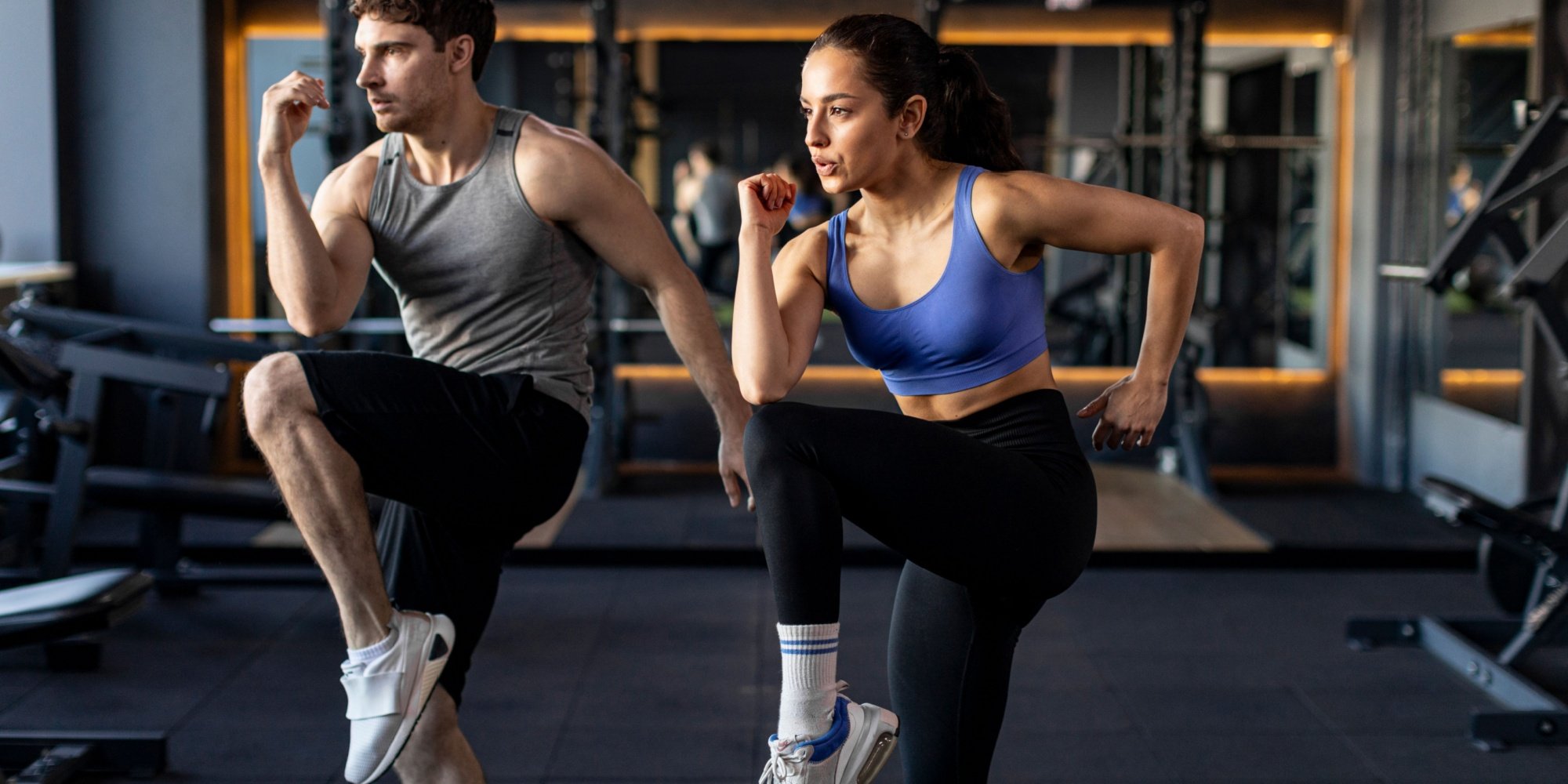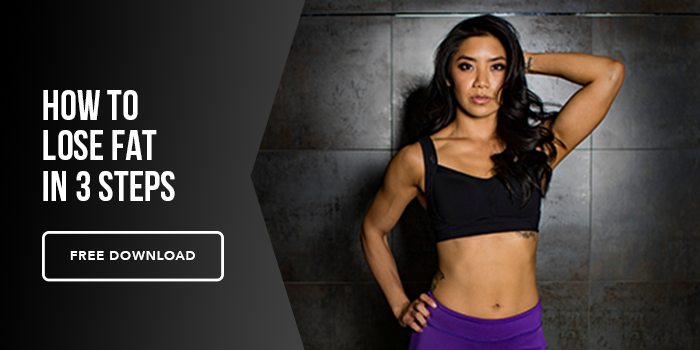You’ve probably heard it a thousand times: “Train functionally.” It sounds good. Responsible. Mature. Like something a guy wearing barefoot shoes and sipping collagen water would say after doing a Turkish Get Up.
But what does “functional training” actually mean? Is it legit, or just another buzzword gyms slap on $30 group classes to justify the price tag?
Let’s take a look.
What Is Functional Training?
At its core, functional training is supposed to improve your ability to perform real-world tasks. Think bending, lifting, twisting, reaching, climbing, carrying, sprinting, and stabilizing — the kind of movements you actually use in everyday life.
Unlike traditional bodybuilding, which often focuses on isolating muscles to make them bigger, functional training focuses on movement patterns, coordination, and control across multiple joints.
Sounds useful, right? It can be. But whether it’s more useful than traditional strength training is another story.
Functional Training Isn’t New — It’s Just Rebranded
Despite what your gym’s Instagram post might suggest, this concept isn’t revolutionary. Physical therapists have been using “functional movement” principles for decades. So have athletes.
The idea that training should transfer to the real world isn’t new. It’s just been marketed better.
The Problem with the Buzzword
“Functional” has become a catch-all term that means everything and nothing.
Here’s what often gets labeled as functional training:
- Jump squats on wobble boards
- Anything with a kettlebell (there is nothing inherently functional about the shape of a weight)
- Rope slams, sled pushes, medicine ball tosses
- Crawling like a toddler for 45 minutes
Some of it has a ton of value. In fact, there’s value in any safe movement! But whether it is worth your time investment is another story. After all, we can only allocate so much of our time to fitness.
So… What Is Functional?
Let’s get back to basics. Functional training should do at least one of these things:
-
Improve movement quality (mobility, stability, control)
-
Increase strength and power in useful ranges of motion
-
Enhance coordination across joints and muscle groups
-
Reduce injury risk
-
Make your daily life easier (getting off the floor, carrying groceries, playing with kids, etc.)
If a training method improves those outcomes — congrats, it’s functional. Whether you're doing barbell deadlifts or kettle bell swings.
Where Traditional Strength Training Fits In
Guess what? Strength training is functional — when done right.
Think about it:
- Squats = Standing up from a chair
- Deadlifts = Picking something off the ground
- Lunges = Climbing stairs or walking uphill
- Overhead press = Putting a box on a shelf
- Rows = Pulling a heavy door open
You don’t need circus tricks to train functionally. You just need to train with purpose, good technique, and progressive overload.
And here’s an often-forgotten fact: muscle is functional. So, you can argue that any exercise – yes even an isolation movement – is functional. No matter how we get our muscle, our brain will find a way to coordinate it into our daily life.
When to Use Functional Training
There’s a place for more specialized “functional” tools and movements — especially if:
- You’re rehabbing an injury
- You play a sport that requires agility or rotational power
- You’re trying to improve balance and coordination
- You’ve maxed out basic lifts and want to explore variety
Just be honest with yourself about why you’re doing it. Are you adding kettlebell juggling to your routine because it helps, or because it looks cool on TikTok?
Functional Training vs. Practical Training
There’s a fine line between functional and just… practical.
For most people, the most functional thing you can do is build general strength, maintain joint health, and improve movement quality.
If it helps you move better, feel better, and live better — it’s functional.
If it just makes your gym sessions look like a CrossFit games blooper reel — maybe not.
How to Make Your Training Functional
Want your training to be more functional without adding an extra hour to your sessions?
Here’s how:
Master the basics first
Squats, hinges, presses, rows, carries. Get strong here before adding complexity.
Train in multiple planes of motion
Add lateral lunges, rotational chops, or single-arm carries.
Use tools that challenge stability sparingly
BOSU balls have their place. Just don’t build your whole routine around them.
Balance strength with mobility and control
Incorporate exercises that challenge coordination and joint control.
Pick movements with purpose
Don’t just do it because someone on Instagram did it. Do it because it improves your function.
Wrap-Up
Functional training isn’t a scam — but it’s often overhyped, misunderstood, or misapplied.
You don’t need to replace squats with bear crawls or swap rows for rope climbs to be “functional.”
You just need to train with purpose, build strength, and move through full ranges of motion. If your current program already does that, congratulations, it’s functional.






